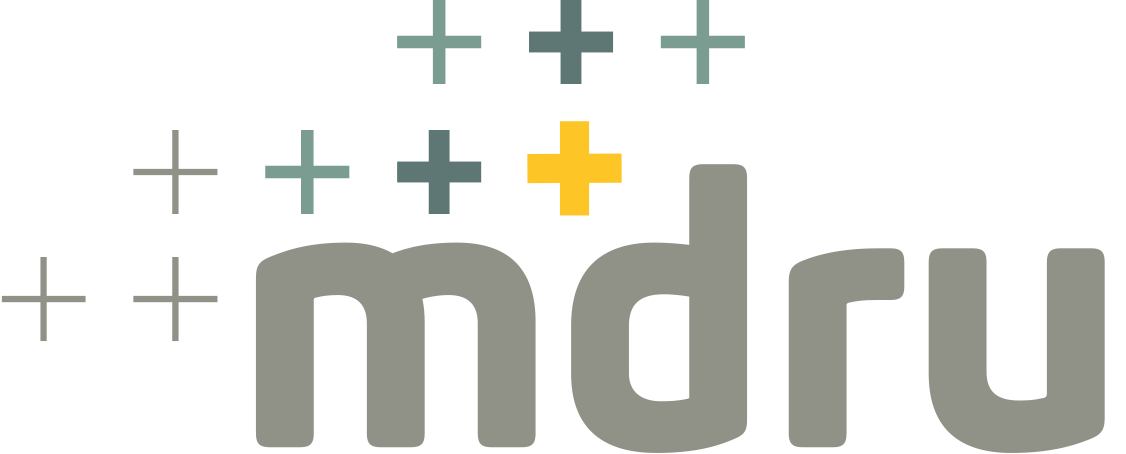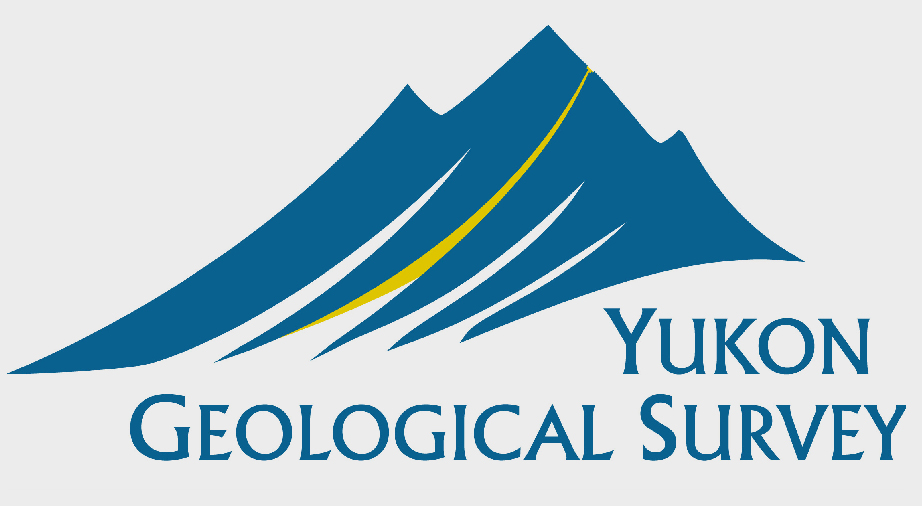Project Information
- Ore Deposit: Epithermal, Porphyry
- Commodity: Copper, Gold, Molybdenum
- Research Themes: Regional Metallogeny
- Location: Dawson Range and Mt. Freegold areas, Yukon Territory
- Project Status: Active
- Students: Melissa Friend
- Start Date: 2017
- End Date: 2020
Significant gold, silver, copper, and molybdenum resources remain undeveloped and undiscovered in the Dawson Range and Mount Freegold areas of Yukon, which also host a historic and active placer industry. This project will systematically examine the three distinct magmatic suites recognised in the area in terms of their compositional, geochronological, and isotopic characteristics, and investigate regional structural controls on the location of magmatism and mineralization.
The Dawson Range of central Yukon contains economically important porphyry Cu-Au-Mo deposits (i.e., Casino, Revenue, Nucleus, Cash) and epithermal precious-base metal vein systems (i.e., Klaza, Mt. Nansen, Tinta, Laforma). Significant gold, silver, copper, and molybdenum resources remain undeveloped and undiscovered in both the Dawson Range and Mount Freegold areas, which also host a historic and active placer industry.
At least three distinct magmatic epochs spanning the Early to Late Cretaceous are recognized regionally, each with temporally and genetically-related examples of mineralization. This project aims to (1) systematically examine these magmatic suites in terms of their compositional, geochronological, and isotopic characteristics, and (2) investigate regional structural controls on the location of magmatism and mineralization.
The project will proceed in two modules:
- Module 1 will provide an accurate 1:25,000 geologic map of the Big Creek fault zone and adjacent regions as it cuts through the Mount Freegold and Revenue areas. This will provide a key piece of the regional structural understanding of controls on magmatism and mineralization.
- Module 2 will address the nature of magmatism and assess its fertility. In particular, the metallogenic importance of the Late Cretaceous magmatic event will be emphasized with the generation of new data and knowledge. This will be achieved with geological mapping, strategic sampling and petrography, as well as through evaluation of lithogeochemistry, geochronology and radiogenic isotopic characteristics of selected intrusions.
These objectives will provide high-quality geoscientific data to support and facilitate improved mineral exploration and land-use planning decision-making.
Contact Murray Allan for more information.





